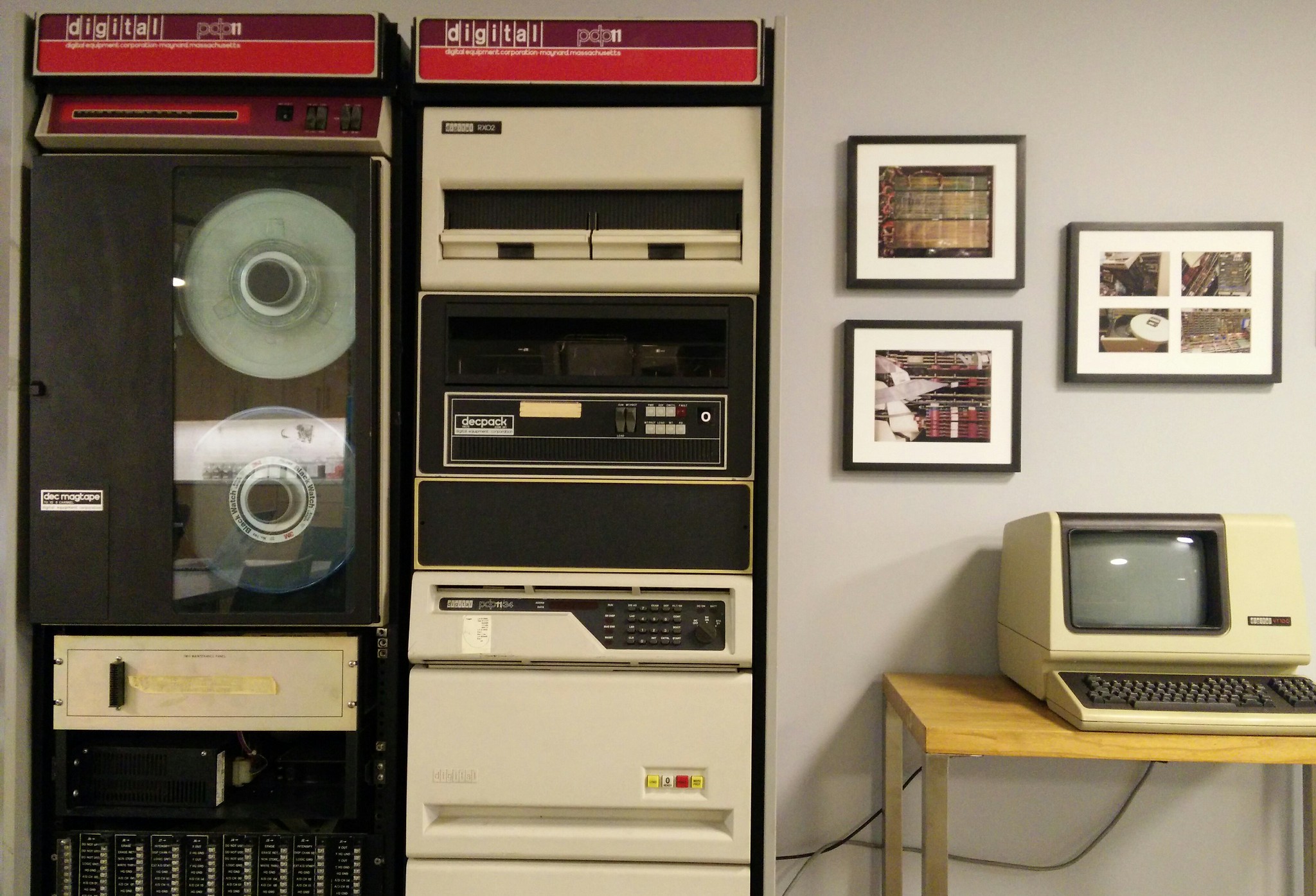@phooky @th To be fair, 1200 baud is much less common than 300 or 9600, in my experience. I think my Osborne 1 is the only device I have that tops out at 1200 baud. I would argue that 600, 2400, and 4800 are even LESS common -- although 4800 has a killer app in NMEA sentences -- but it does seem to be near a nadir of useful.
For USB serial devices that _don't actually have a UART on the other end_, it's all fiction anyway. ;-)
@elb @phooky @th 2400 used to be pretty common for the first V.22bis modems (until some added compression on top).
Some acoustic couplers used 1200/75 (V.23) optionally.
From my experience with running dial-up BBSes, 300, 2400, 9600, 19200, 38400, 115200 were widely used on the serial port at some point.
@galaxis @phooky @th For sure, it was used for a lot of modem work! My experience has been that most modems are much more relaxed about their computer-side communication than their line-side communication, though, and willing to do some baud rate conversion.
I know there were a lot of TTL-to-tones chips in the 50-to-300 baud era, but they got smarter after that. I'm sure there were many that weren't, but that just hasn't been my experience!
@th @elb oh, of course it's been done.
https://www.youtube.com/watch?v=ElmhYLk4Pyg
@elb @scruss @phooky turns out that is *not* Hellschreiber, it's a Bélinographe https://fr.wikipedia.org/wiki/B%C3%A9linographe
@th @elb @scruss If you haven't already seen it, the Secret Life of Machines episode about fax machines has a terrific bit (about 5:20 in) about Pantelegraphes, which date to the 1860's.
https://www.youtube.com/watch?v=yuUyt9RG7pk
@phooky @th @elb the SLoM episode is good
The drum + photocell on a lead screw was used in lots of things like photo wires, duplicator 'spark' copiers and drum scanners (into the early 2000s)
Hellschreiber is an analogue dot-matrix printer. It can't send images more than 7px high, so it's mostly text Sync errors make the text go all wavy. The K3NG keyer for Arduino still (I think) has Hellschreiber sending

@th it's an explicit feature; I think it's a pretty neat idea, using the (effectively pointless) baud rate for OOB signaling.